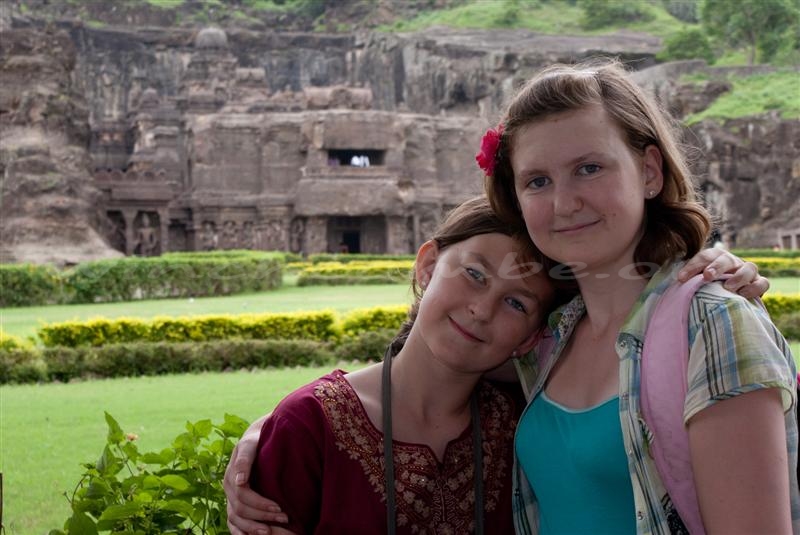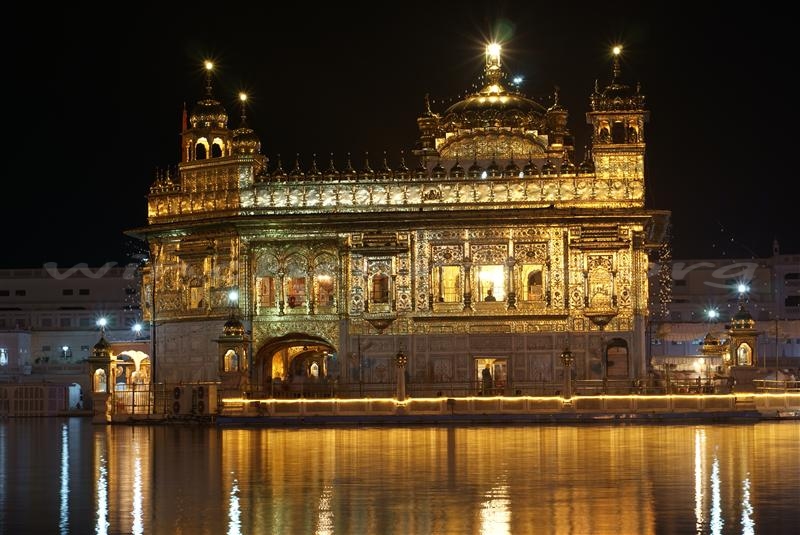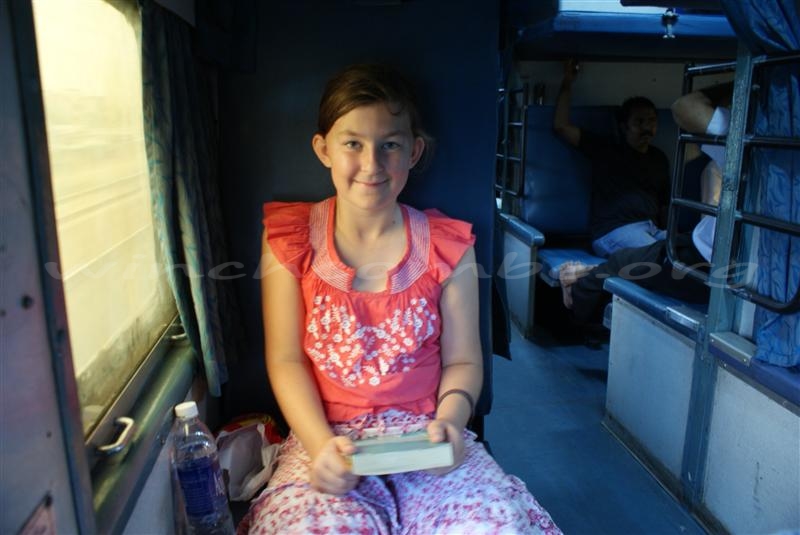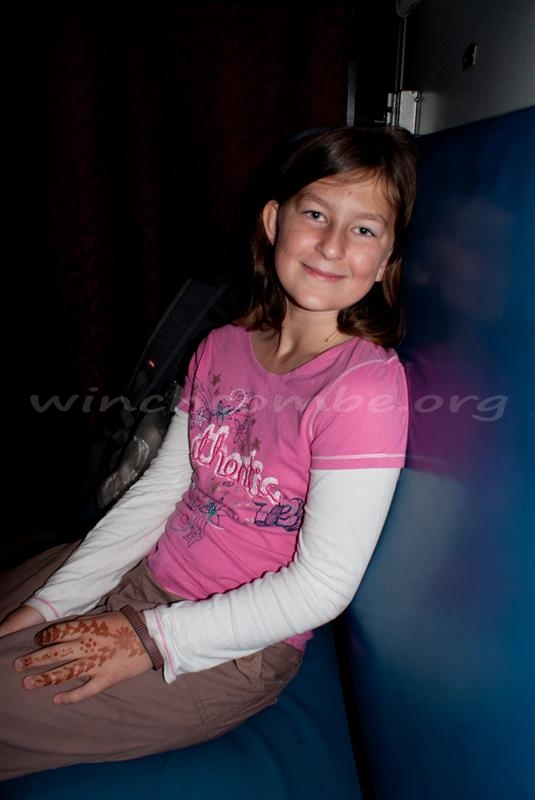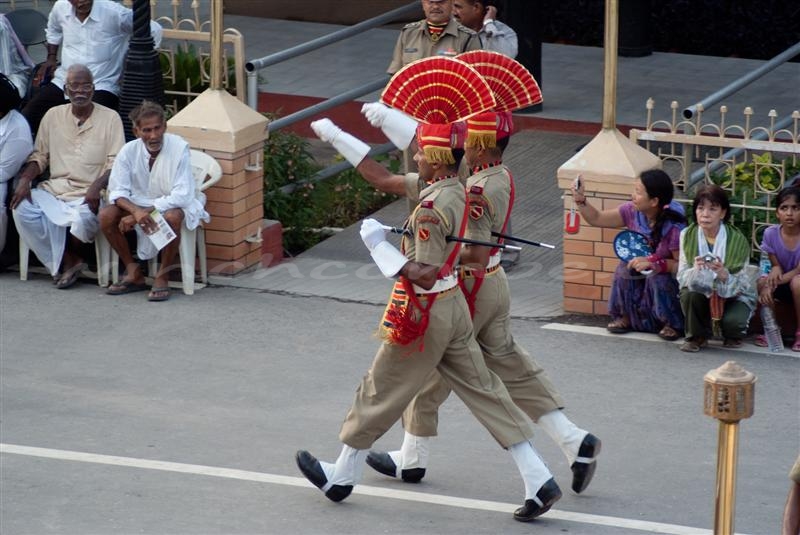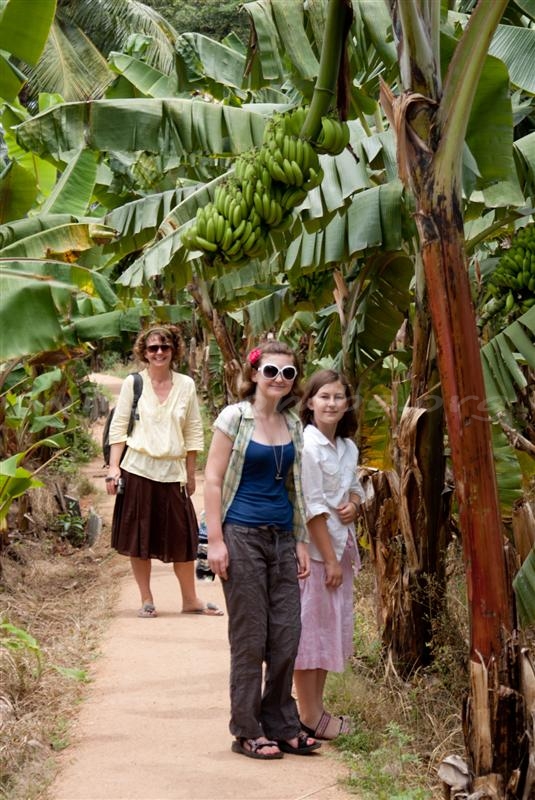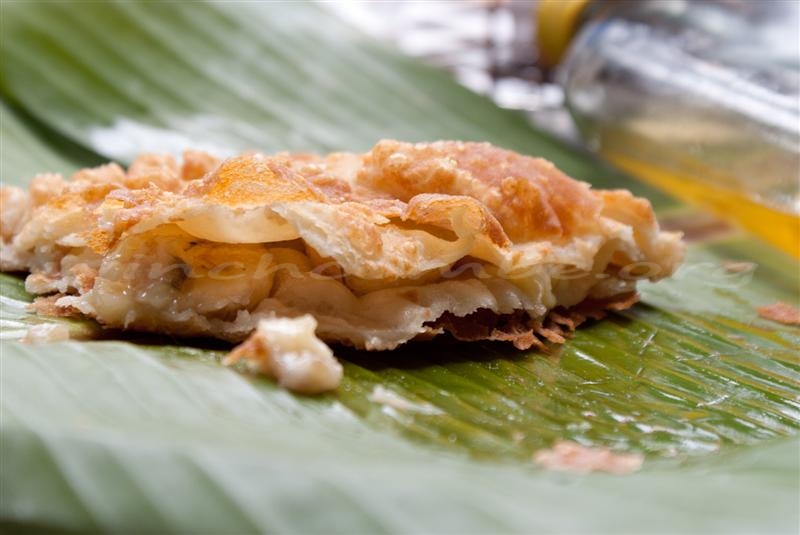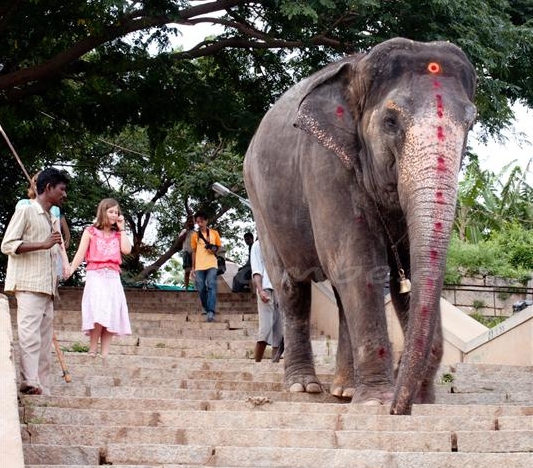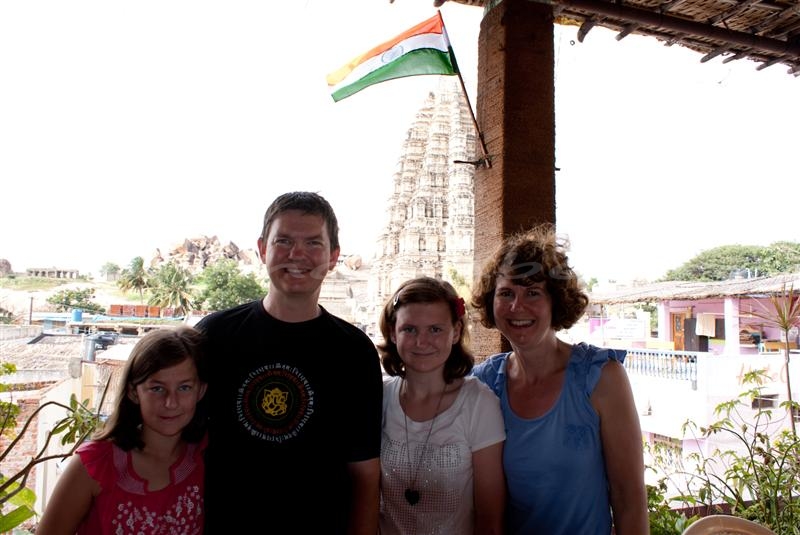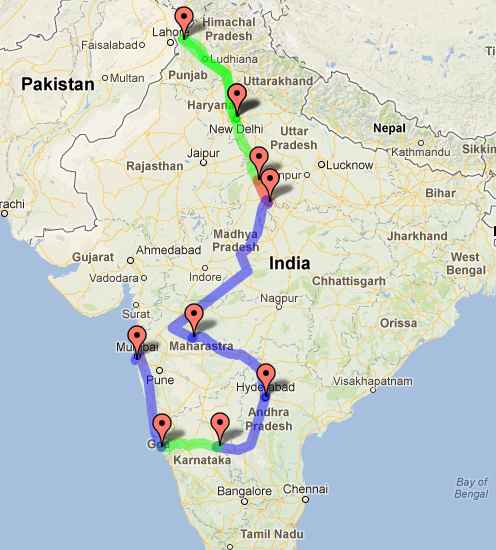Aiming to inspire
Hedgie Pricks Diabetes (HPD) was set up by Zoe Scott with the aim to promote greater awareness of the psychological, emotional and social issues faced by any person with diabetes (PWD). As a father I’m especially concerned about these issues affecting my daughter, who’ll enter her teenage years in a few months, and am quite worried about the number of stories I hear of teenage PWDs who “go off the rails”, who fail to realise the consequences of their lack of diabetes care now and how it may affect things like their eyesight in a very short space of time.
I want Amy to be proactive about her diabetes and to realise that she can achieve great things, regardless of diabetes and that if she puts in the time managing it she’ll reap the benefits later. In short I wanted her to be inspired and that, in a nutshell, is why we signed up for the Greater Minds Inspire event.
Introduction from Zoe Scott
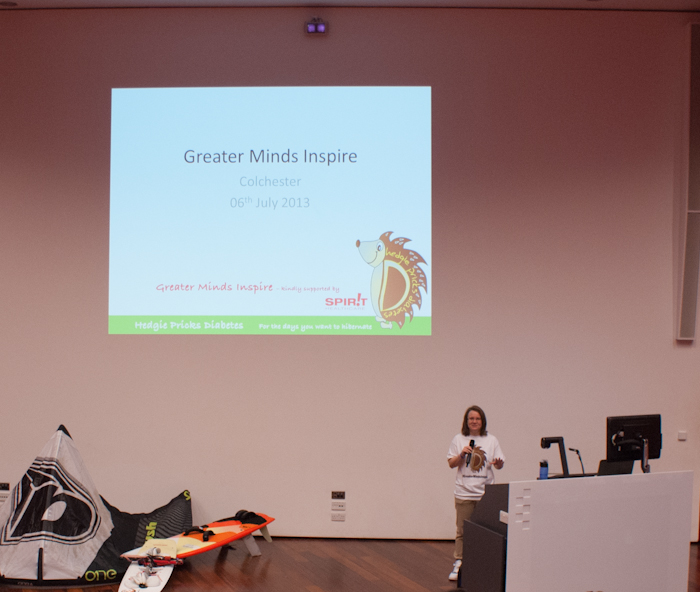 Zoe welcomed us all to event, thanked us for coming and spoke a little about Hedgie Pricks Diabetes and today’s event and the speakers who we’d see later.
Zoe welcomed us all to event, thanked us for coming and spoke a little about Hedgie Pricks Diabetes and today’s event and the speakers who we’d see later.
Zoe and I have followed each other on Twitter for about a year now and I’ve followed her progress, through winning last year’s QiC People’s Award and setting up this event. It’s difficult to remember that she’s only 22 when you look at what she’s already achieved and especially how calm she was presenting to us at this event; I couldn’t do that and I’m double her age.
Video from Team Novo Nordisk
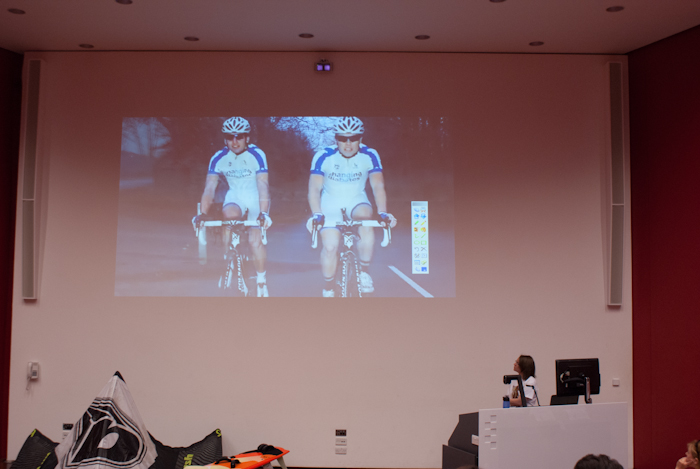 Zoe introduced a special video from Phil Sutherland, who created Team Type 1, which was later rebranded to Team Novo Nordisk. This team contains teams of cyclists, runners and triathletes who are competing at the highest level, whilst all having Type 1 Diabetes. The cycling team is so good it’s expecting to be able to enter the Tour de France very soon.
Zoe introduced a special video from Phil Sutherland, who created Team Type 1, which was later rebranded to Team Novo Nordisk. This team contains teams of cyclists, runners and triathletes who are competing at the highest level, whilst all having Type 1 Diabetes. The cycling team is so good it’s expecting to be able to enter the Tour de France very soon.
Whilst competing in races and tours the team also promote diabetes under the banner ‘Changing Diabetes’ and help the PWDs in places they visit, such as their recent donation of 400 blood glucose meters and 35000 test strips to people in Rwanda.
Flying with Type 1 Diabetes – Douglas Cairns
 Douglas spoke about being a pilot before a diagnosis which which effectively ended his flying career, or so he thought. After trying out other careers he set about trying to fly again, gaining his license to fly privately in other countries, such as Thailand and USA. He then embarked on some major flights in his private plane: flying around the world and a flight to the North Pole. His talk was very well received, the kids seemed captivated and on seeing what he’d done Amy whispered “wow” to me a few times.
Douglas spoke about being a pilot before a diagnosis which which effectively ended his flying career, or so he thought. After trying out other careers he set about trying to fly again, gaining his license to fly privately in other countries, such as Thailand and USA. He then embarked on some major flights in his private plane: flying around the world and a flight to the North Pole. His talk was very well received, the kids seemed captivated and on seeing what he’d done Amy whispered “wow” to me a few times.
Kitesurfing – Pete Shaw
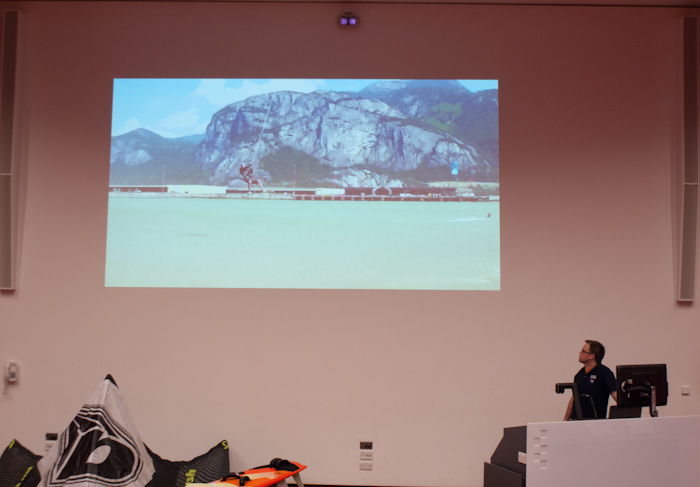 I was very keen to listen to Pete Shaw talk. I’ve loved surfing (badly) for years and whilst kiteboarding seems out of my reach due to fitness, it’s great to watch. Pete started his talk with some photos of people kiteboarding, racing on top of the waves, jumping waves and getting some air; I glanced at Amy with her jaw dropped and she turned to me and said “I want to do that”.
I was very keen to listen to Pete Shaw talk. I’ve loved surfing (badly) for years and whilst kiteboarding seems out of my reach due to fitness, it’s great to watch. Pete started his talk with some photos of people kiteboarding, racing on top of the waves, jumping waves and getting some air; I glanced at Amy with her jaw dropped and she turned to me and said “I want to do that”.
Pete explained that having Type 1 didn’t hold him back, he just had to plan a little more and he spoke well about the safety bits he does to make sure he can enjoy the sport and stay safe. He mentioned that people with Type 1 Diabetes could do anything; kitesurfing, rock climbing, base jumping.
“Base jumping” said Amy “what’s that”.
“Amy, he’s got that wrong” I smiled “you definitely can’t do that” said the worried parent. (I explained later that of course she could do it but after seeing some videos she decided not to pursue that idea.)
His key message was that the kids in the audience could do some really great extreme sports, with just a bit of planning ahead. As a parent I was pleased to hear this.
In the lunch break Pete let us all have a go on his Indo board which was great fun, if not incredibly difficult. Amy was a natural at it.
Climbing Mount Kilimanjaro – Dilan Shah
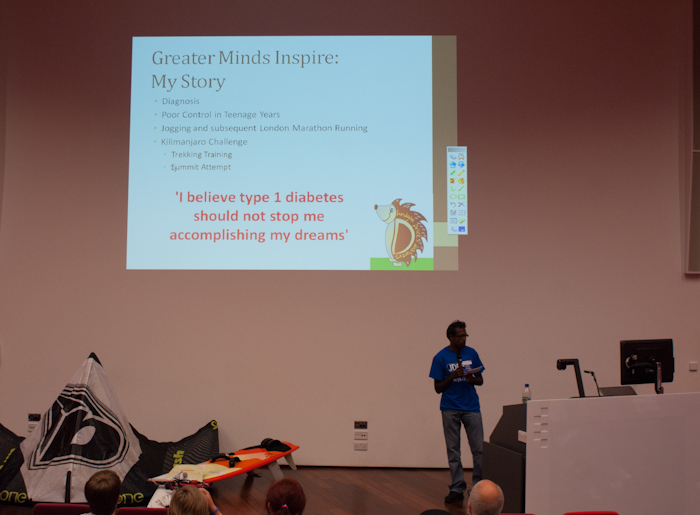 Dilan Shah was manning the JDRF stand during the day but was also a speaker. He spoke about how he had a lack of control of his diabetes and how he wasn’t sporty at all. Until that is the idea of running the London Marathon gripped his imagination and something he completed in 2007, albeit in a slower time than he’d hoped for. He returned in 2009 to complete it again, this time in an impressive 4 hours 30 minutes.
Dilan Shah was manning the JDRF stand during the day but was also a speaker. He spoke about how he had a lack of control of his diabetes and how he wasn’t sporty at all. Until that is the idea of running the London Marathon gripped his imagination and something he completed in 2007, albeit in a slower time than he’d hoped for. He returned in 2009 to complete it again, this time in an impressive 4 hours 30 minutes.
In October 2011 he climbed Mt Kilimanjaro in Tanzania, raising money for JDRF on the way. He spoke about his training, his expectations of insulin management from the advice he’d been given and the reality of walking up a mountain for up to 16 hours in one of the days. 16 hours!
He ended his talk stating that he believed that Type 1 Diabetes would not stop him accomplishing his dreams, reinforcing a common message running through the day so far.
From Coach Potato to Ironman Triathlete and Channel Swimmer – Claire Duncan
 As the title eluded to Claire never grew up with dreams of being an triathlete or channel swimmer, instead focusing on a music background. She spoke about how she found that she liked running and swimming, entered some sprint triathlons and ended up completing an Ironman 140.6 triathlon. That’s an amazing achievement in my eyes and I could see that Amy was impressed: she knows how hard it is to cycle 27 miles, let alone a 112 mile cycle ride, sandwiched between a 2.4 mile swim and a 26.2 mile run.
As the title eluded to Claire never grew up with dreams of being an triathlete or channel swimmer, instead focusing on a music background. She spoke about how she found that she liked running and swimming, entered some sprint triathlons and ended up completing an Ironman 140.6 triathlon. That’s an amazing achievement in my eyes and I could see that Amy was impressed: she knows how hard it is to cycle 27 miles, let alone a 112 mile cycle ride, sandwiched between a 2.4 mile swim and a 26.2 mile run.
She spoke about swimming the English Channel, how freezing cold it was and the weird sensation that a jellyfish sting gave her as it warmed her up as its poison worked its magic!
Claire gave out the message that there will always be some sport or fitness that you will enjoy, you just need to find it; that you don’t need to be the fastest, the longest, the best, it’s okay to do it in your own time. By doing this Claire has completed marathons and the hardest triathlon in the world.
Running from John O’Groats to Land’s End
 Next up was Gavin Griffiths to talk about his recent challenge where he ran from John O’Groats to Land’s End covering 30 miles a day for 30 days. Many of you will know that I got involved for the last four days and Amy and Jane cycled for one day.
Next up was Gavin Griffiths to talk about his recent challenge where he ran from John O’Groats to Land’s End covering 30 miles a day for 30 days. Many of you will know that I got involved for the last four days and Amy and Jane cycled for one day.
Gavin spoke about his challenge and showed photos from some of the days, telling us stories of how people he hadn’t even met before pulled him through the challenge, offering lifts, beds, meals and support.
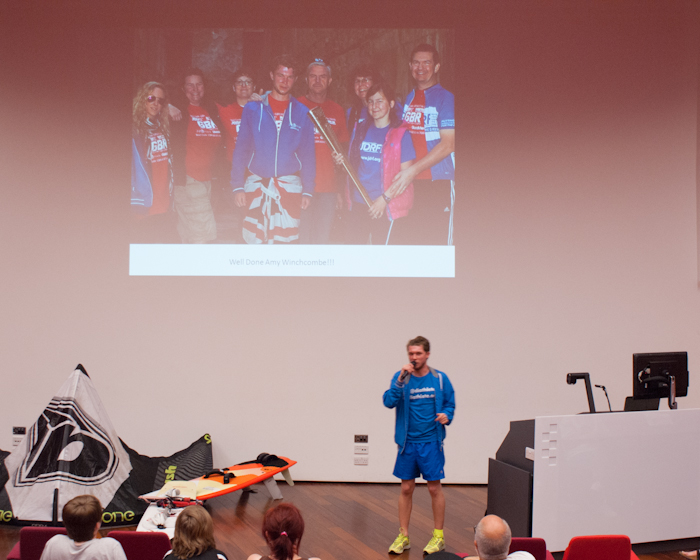 A big part of Gav’s challenge was to inspire type 1 kids and as he reeled off the names of a few – Beth, Angel, Danny, Tom, Alfie, Mimi, Amy – it was clear that he had achieved that goal. More exciting for my family was when he started to speak about the last week of the challenge as he spoke about the great involvement from my friends: Chris and his son Alfie (pictured top) who ran into Bristol with Gav; Annabel and Jeff for driving/running for two whole days with their type 1 daughter Mimi running with Gav into Taunton. Gav then praised us (pictured bottom) for our support and mentioned what a great effort Amy had made on the penultimate day.
A big part of Gav’s challenge was to inspire type 1 kids and as he reeled off the names of a few – Beth, Angel, Danny, Tom, Alfie, Mimi, Amy – it was clear that he had achieved that goal. More exciting for my family was when he started to speak about the last week of the challenge as he spoke about the great involvement from my friends: Chris and his son Alfie (pictured top) who ran into Bristol with Gav; Annabel and Jeff for driving/running for two whole days with their type 1 daughter Mimi running with Gav into Taunton. Gav then praised us (pictured bottom) for our support and mentioned what a great effort Amy had made on the penultimate day.
Take a look at some videos of the kids who took part in Gav’s challenge.
A wall of emotions
There was a set of boards at the event where the kids could write down their feelings about diabetes, the bad bits, the sad bits, the good bits and their inspiration. Many kids had written their feelings for all to see and I know that everything Amy feels was represented on the boards. Hopefully some of kids realised that they’re not alone in the way they feel by reading the thoughts of others.
Here’s just a few of the things that were written:
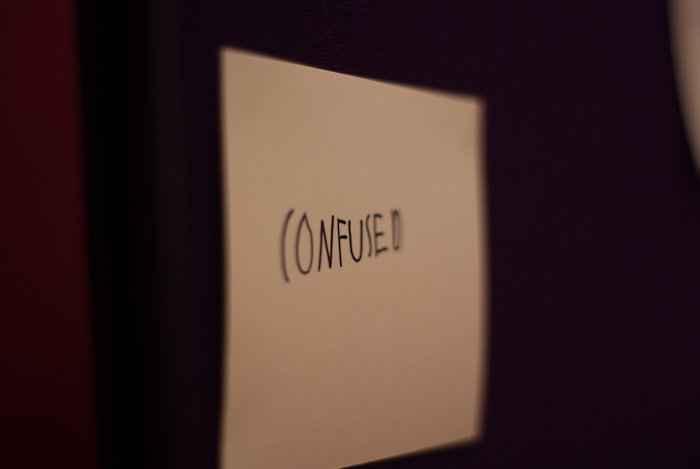
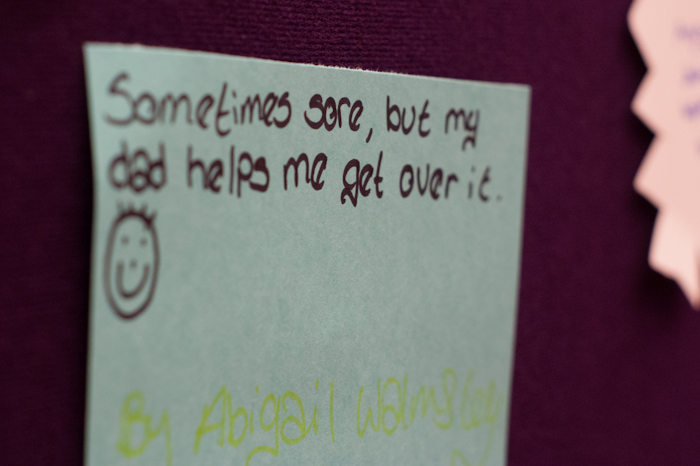
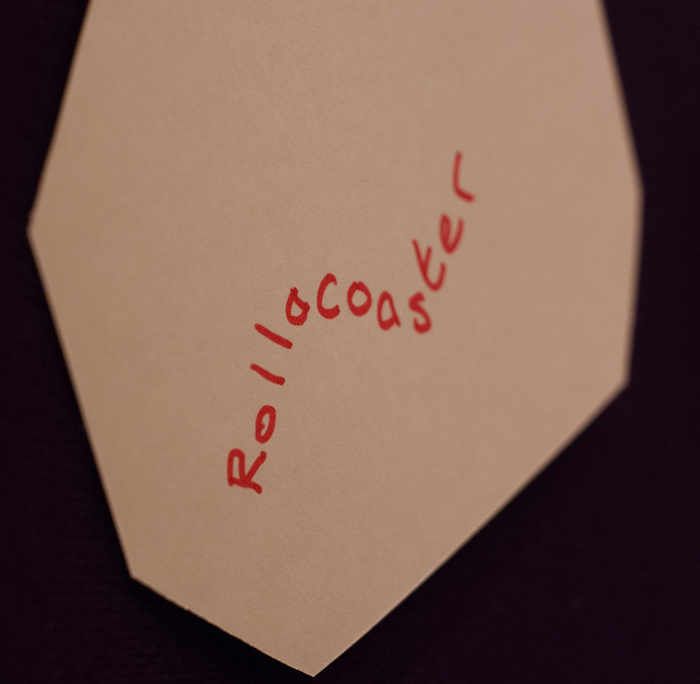

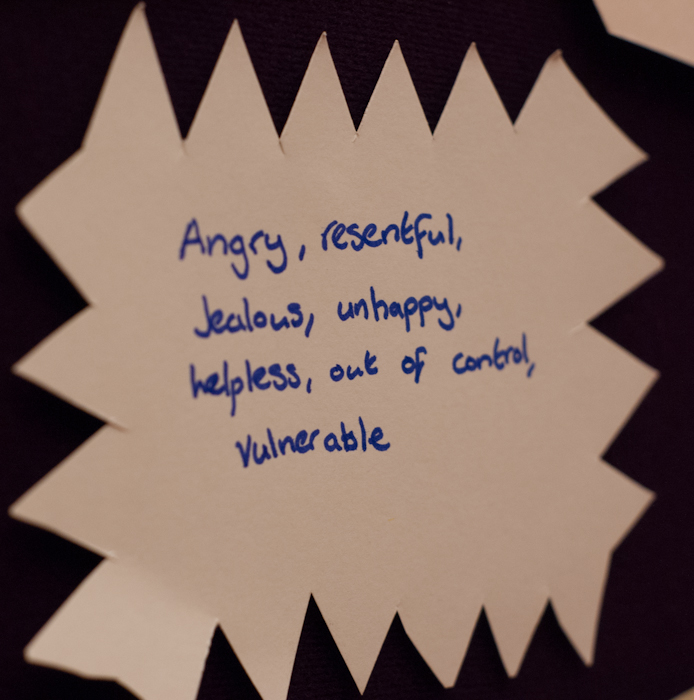

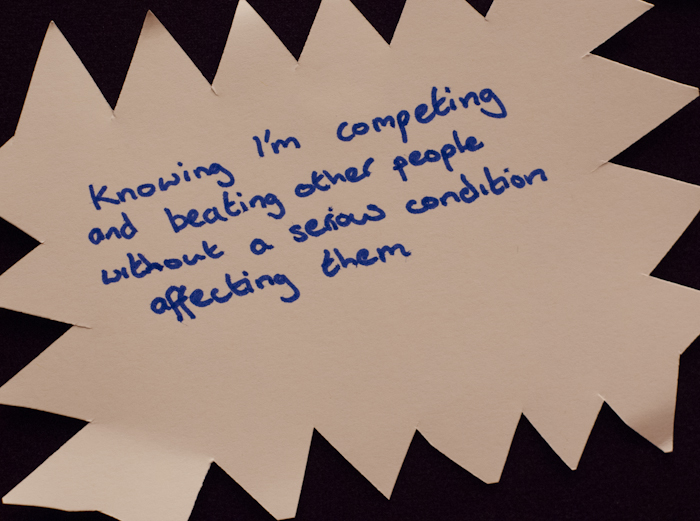

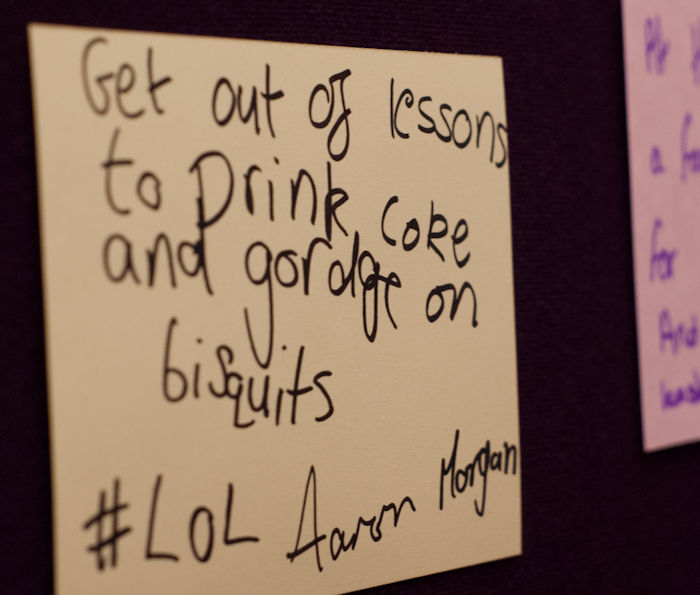
Finally…I had a feeling I knew who’d written this one
I was happy to read this, it was half the point of getting involved with Gavin’s GBR30/30 Challenge in May, and getting Amy cycling for the day and running with Gav’s Olympic Torch.
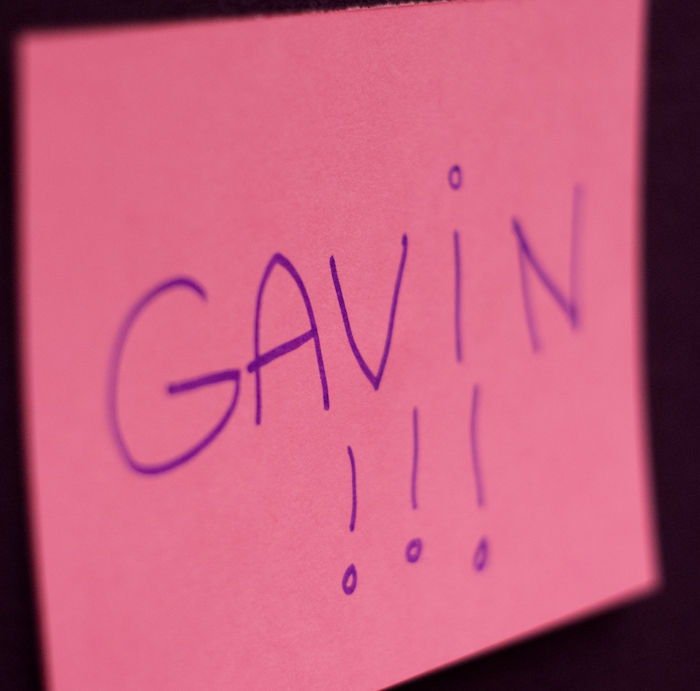
In summary
It was over a 5 hour round trip for us to attend this event but I’m so glad we did. Events like this don’t come up often – or in this case ever before – so it’s worth going the extra mile (literally) to support them.
I know Zoe had hoped that more people had attended this event but I’ve seen less people at events organised by the big charities. The event was very well put together and Zoe should be applauded for achieving this.
Each and every speaker was superb and whilst they all had their stories to tell they all shared a common message: your diabetes need not stop you doing great things.
Amy left the day inspired.
Right, must go, apparently I’ve got to look into Kitesurfing lessons for kids!


 Amy, aged 10, at the caves in Ellora
Amy, aged 10, at the caves in Ellora